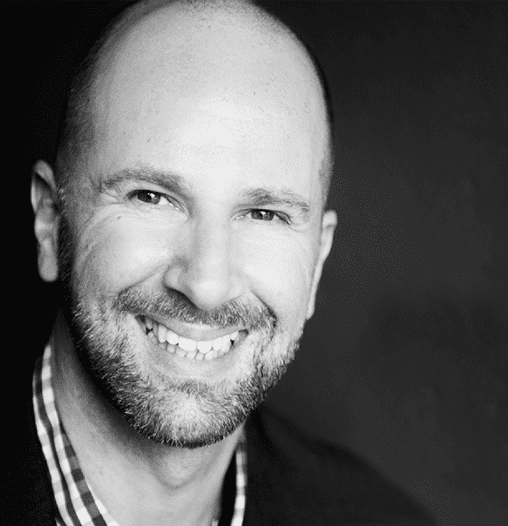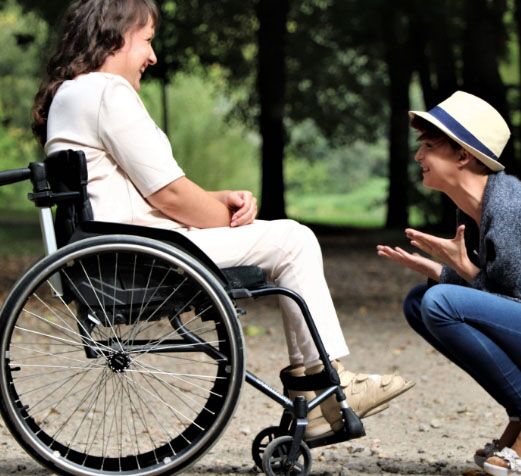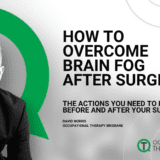
Elderly Australians wanting home care (including home modifications) are likely to wait longer.
From 2017 to 2018 the number of senior Australians on the waiting list for home care assistance and modifications increased by almost 40 per cent.
According to figures released by the Department of Health not only did people wait fr services, they were also waiting longer than the previous year.
Home Care Assistance/ Modification Waiting Time Numbers
- 121,418 (People on waiting list as of June 2018)
- 88,904 (People on waiting list as of June 2017)
- 55,227 (People on waiting list with highest care needs)
- 84,971 (People in home care packages as of March 2018)
In short, people with the highest care needs represented the most people on the waiting list for service. It is therefore critical to consider the small and potentially low cost actions to help live better at home.
Source: LASA Analysis: Responding to the home care packages wait-list crisis
Bathroom Modifications Are Key For Most People Who Want To Age In Place
According to retirementliving.com recently published study on where people living in retirement see themselves living. The asked people to nominate their preference for whether they want to age in place at home or move to supported care environments. Here is what they found:
- Not surprisingly over 80 percent of people indicate they plan on living at home as they get older.
- The biggest “Push” factor to supported accommodation for most respondents (75%) said declining health, the second, the loss of the ability to drive.
Bathroom modifications are key for most people planning on aging in place with nearly 75 percent saying they will make some sort of modification to their bathroom
Where do Retirees see Themselves Living (RetirementLiving.com)
4 Commonly Missed Home Modifications ( not just about bathrooms)
Falls risks represent some of the most significant threats to aging at home. For most people consider it failing health, commonly it is a fall which triggers a significant change in your ability to live at home independently.
Here are 4 Commonly Missed Home Modifications
- A Robust and Easy To Use Door Stop: At the threshold of the home there is commonly a step transition from inside to outside. Having to juggle walking aids, bags, laundry and at the same time a large door can be the right ingredients for a potential fall. A door stop which is reliable and easy to use can be a falls saver.
- Mobile Door Bell: Hearing decline is a common experience as we get older. It’s estimated that about 15% of Australians live with some degree of hearing loss. Hearing the door knock is one of those day to day experiences which can cause us to rush or be preoccupied for “waiting to hear the door ring”. A mobile ( wireless) doorbell is now readily avialable in the market. These systems can include sensors such as pressure pads or motion detectors or the common press a button to activate the doorbell which can be carried around the home.
- Pathway Lighting: Navigating outside at night, or inside during the night time toilet run. Low level lighting can help illuminate the pathway. In low light situations you are not able to rely on your vision than during the day for example. Instead we rely on other sensations. Touch for example. We are more vulnerable to falling when you are sensory deprived ( less vision). Pathway lighting can be a low cost solution inside the home and externally you have options of solar supported to hard wired and senor enable solutions.
- A Safe Place To Sit: It is anticipated that approximately 7% of adults have difficulty walking and almost double that who have a physical functional disability.When entering or existing the home. If you face energy, physical and or exertion challenges be it stairs or just managing the threshold in and out of the home, a simple chair or bench both inside and outside may be just the solution to help
Around 6.8 million Australians (40 per cent) aged 18 years and over report having a disability or long-term health condition. Most people with disabilities (87 per cent) are restricted in carrying out at least one everyday activity, such as self-care, mobility or communication.
Face the facts: Human Rights Commission
At Occupational Therapy Brisbane our goal is to deliver valuable information and advice to help solve your home modification requirements so you can have a home to meet your goals.
We’re a registered provider and able to support people who wish to use NIISQ, NDIS, Aged Care At Home, Insurance, Department of Veterans Affairs (DVA) and Medicare programs as well as privately. Please call us to discuss your needs and we can advise you of a suitable quote
Contact Us Today
To Discuss Your Home Modification Needs Speak With An Occupational Therapist Today.
Call 1300 783 200. Or Fill out the Contact Form here.









